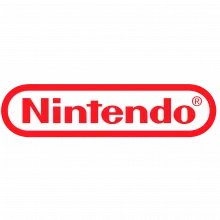
Nintendo Co., Ltd. (任天堂株式会社, Nintendō Kabushiki gaisha) is a Japanese multinational corporation headquartered in Kyoto, Japan. Founded on September 23, 1889, by Fusajiro Yamauchi, it began as a handmade hanafuda playing card company. Over time, Nintendo evolved into a global video game leader, creating iconic franchises like Mario, Zelda, and Pokémon. With groundbreaking consoles such as the NES, Game Boy, Wii, and Switch, Nintendo has shaped gaming culture worldwide. Today, it remains one of Japan’s most valuable companies, valued at over $85 billion.
